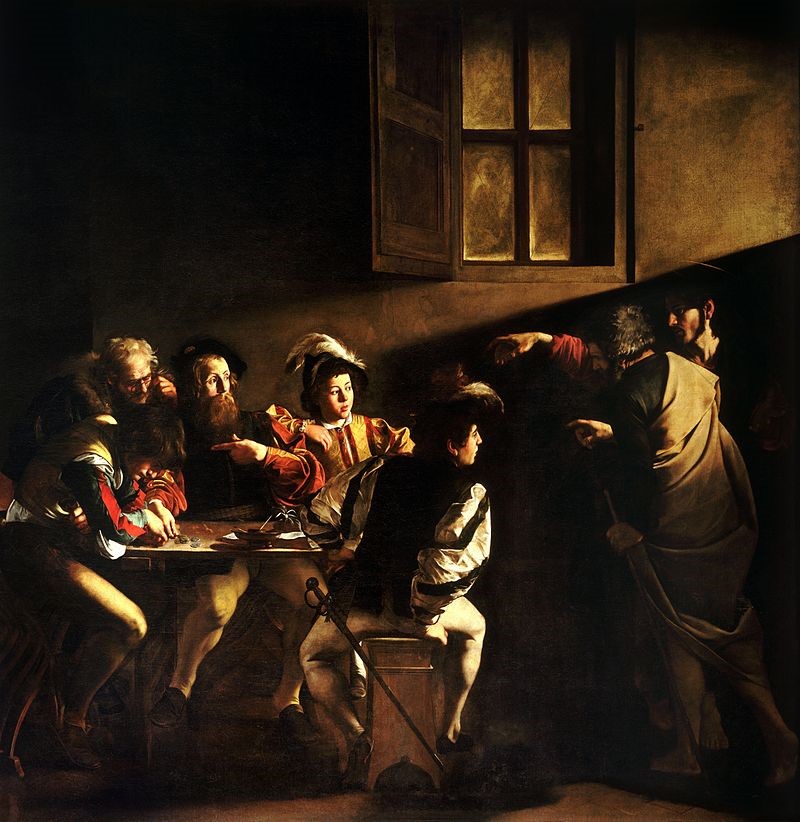Book Review: Sudden Death: A Novel, by Álvaro Enrigue, translated by Natasha Wimmer
By Bernie Langs

I often view the study of European history as a lesson in arbitrarily defined epochs populated by individuals lost in a haze of their own coping mechanisms, against the ingrained, systematic, and what they felt at the time to be wholly justified violence surrounding them. Future generations may view our current times much in the same way.
A new book Sudden Death: A Novel, by the Mexican writer Álvaro Enrigue (now living in New York City) and translated by Natasha Wimmer, attempts to place the events of the Counter Reformation in a fictionalized setting, centering around a tennis match between the famous Italian artist Michelangelo Merisi da Caravaggio (called “Caravaggio”; 1571-1610) and the Spanish poet Francisco de Quevedo. That both figures are so hungover that they can’t recall the events of the prior evening that has led to their vicious “dueling” on the court is a great running joke throughout the book. The historical Caravaggio is well-known as having been a violent brawler and yes, he played tennis. It is widely believed that it was an argument over a tennis match that led him to murdering Ranuccio Tomassoni. The subsequent threat of punishment by the authorities set off the chain of events leading to the artist’s own demise.
Sudden Death, graced with short chapters, has a wider sweep than the tennis match, bringing in far-flung plots that strangely eventually coalesce. Many of them center on the slightly earlier time of the conquest of Mexico by Hernán Cortés. He is fictionalized as completely oblivious to the carnage he has left in his wake and later as having no sense of just how barbaric his land-grab in the name of Spain has been. Also appearing in the novel are Galileo and a host of other well-known personalities from the time of Caravaggio. Most amusing is the tracing back of the ball utilized in the tennis match, made from the packed hair of the executed second wife of King Henry VIII, Anne Boleyn. That human or horsehair or wool were used at the time to make tennis balls is noted by Enrigue in brief interludes, presenting source documents on the evolution of the game of tennis. This, along with countless other diversions, makes Sudden Death a truly interesting and enjoyable read.
Caravaggio is a fascinating figure in art history. Having read nonfiction accounts of his life and work and having seen much of his paintings in person, I found it interesting to see how a novel makes him come alive, if just in the imagination of a writer such as Enrigue. I could have lived without some of the more scatological details and the sections describing the artist’s sexual proclivities, but the battling Lombard in Sudden Death neatly coincides with what I’ve imagined Caravaggio to have been like as a real person.
Baroque painters such as Caravaggio and the Italian artists of the period such as Il Guercino, Guido Reni and painters in the Carracci family, were making one last gasp for religious art after the strange and slightly disastrous post-Michelangelo period of Mannerism. Caravaggio’s canvases include wide areas of complete darkness and sparse settings often populated by stark portraits, drawn from the crowd of ruffians he associated himself with. At the time, the griminess in his works were a source of shock, yet his genius was always undeniable. Caravaggio represents the underbelly of Rome that was never hidden, and which comes very much to life in his masterworks. By looking carefully at a painting by him, you can almost feel and experience the texture of his times.
Enrigue steps outside of his novel at times to ask his reader and himself just what it is he is writing. I welcomed these interruptions since I found myself wondering the same thing. His chapters describing the art created by a Mexican craftsman, who is taking the newly learned motifs of Christianity and weaving them into magical arts of his own, were amongst the most beautiful passages of the book. Enrigue goes to great lengths to paint for his readers the ethereal beauty of the conquered Mexican’s work. He brings them to life for readers who have never seen such objects, contrasting with the well-known oeuvre of Caravaggio. In the long run, the book presents a case study of different worlds uniting amongst endemic violence in the pursuit of art. That is exactly what Sudden Death achieves as well, a work of thought-provoking prose rising from the ashes of an infamous human past.
